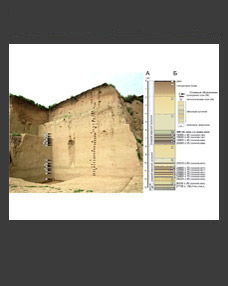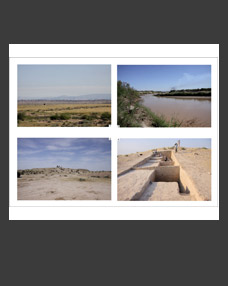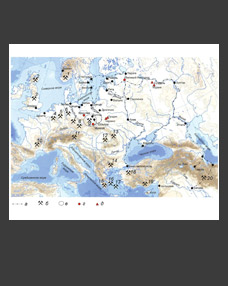Galina G. Korol1,*, Sergey M. Fokin2,**
1Institute of Archaeology RAS, Moscow, Russia
2The Krasnoyarsk Territory Museum of Local Lore, Russia
*E-mail: ggkorol08@rambler.ru
**E-mail: smf.kkkm@mail.ru
Keywords: Middle Yenisei, Altai-Sayan, the Middle Ages, belt ornamentation, non-ferrous metal, decoration, “flaming pearl” (cintamani).
The article discusses materials of the cremated burial near the village of Drokino in Krasnoyarsk vicinity (the left bank of the Yenisei River) dated by the 10th–11th centuries. The finds of the site include non-ferrous metal belt ornaments decorated in the style typical of the Altai-Sayan. The authors propose a typology of the ornamentation. The study identified a type with the “flaming pearl” motif (28 cases) – cintamani (Sanskr.), a famous Buddhist symbol popular in the region during the “expansion” of the Kyrgyz Khaganate (the second half of the 9th– the early 10th century). Based on the discussed cases of the motif iconography in medieval materials from East Turkestan and Altai-Sayan, it is shown that the samples from the Drokino 1 complex are new versions of the motif in the ornamentation of the horsemen’s belt equipment of Altai-Sayan and neighboring territories. Perhaps a kyshtym (vassal) warrior buried with such an accompanying inventory participated in the campaigns of the Kyrgyz and brought an “individual” specifically selected belt set to his homeland.
DOI: 10.31857/S086960630010942-5







